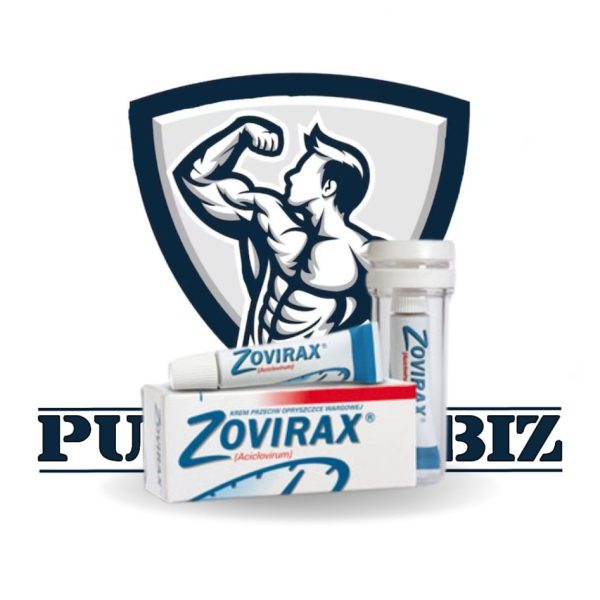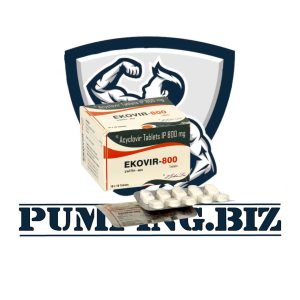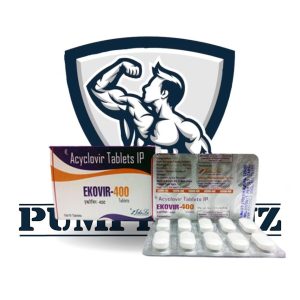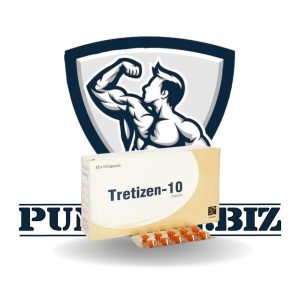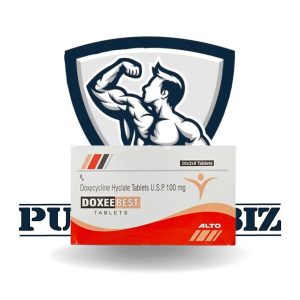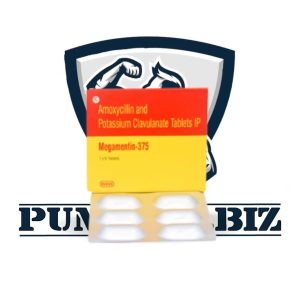BRAND: Generic
SUBSTANCE: Acyclovir (Zovirax)
PACK: 5% Cream tube
Virostatic preparation containing active ingredient acyclovir. Acyclovir is a synthetic substance, close in structure to guanine (a constituent part of nucleic acids, is complementary to cytosine), when interacting with specific enzymes, acyclovir is converted into a pharmacologically active substance. In cells infected with viruses, a specific enzyme, thymidine kinase, is produced, which, through several chemical reactions, converts acyclovir into acyclovir triphosphate. Due to the saturation of the cytoplasm of the infected cell with acyclovir triphosphate, replication of the DNA of the viruses occurs, which leads to disruption of normal virus multiplication and the formation of nonviable viral units. The mechanism of action of the drug is based on its structural similarity with deoxyguanosine triphosphate, which results in a competitive replacement of the nucleotide with acyclovir triphosphate during the synthesis of viral DNA. The drug does not affect healthy cells of the body, because they lack the enzyme thymidine kinase and acyclovir remains inactive form. In addition, the concentrations of acyclovir in infected cells are significantly higher than in healthy ones. The drug exhibits virostatic activity with respect to herpes simplex virus type I and II, a virus that causes varicella. Acyclovir is moderately active against cytomegaloviruses.
Dosing and Administration:
Outwardly. Cream or ointment Zovirax is applied to the affected areas 4-6 times a day (as soon as possible after the onset of infection). It is important to begin treatment of a recurrent infection during the prodromal phase or at the very beginning of the infection. Duration of treatment – at least 5 days, a maximum of 10 days.
Locally. Eye ointment is squeezed out by a tape 1 cm long and placed in the lower conjunctival sac 5 times a day (every 4 hours). Treatment with Zovirax continues for at least 3 days after healing.
Side effects
Local reactions: sometimes – short-term redness, itching, flaking, burning or tingling in the areas of application.
Allergic reactions: rarely – allergic dermatitis (more often associated with the reaction to auxiliary substances); In rare cases – angioedema.

